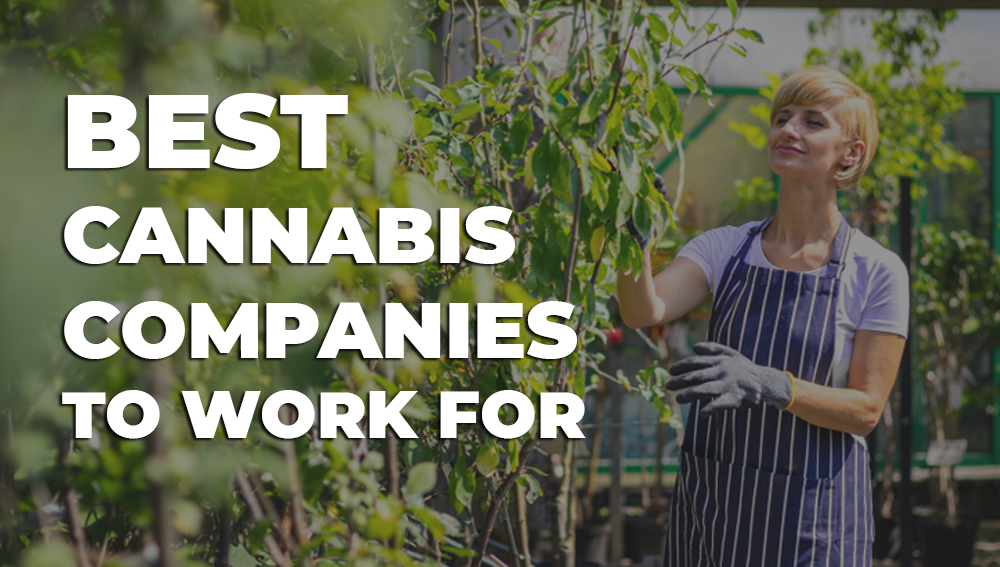
Surely you are already aware that massive agricultural production and agro-technology have caused pathogens to proliferate in a much more intense and numerous way. That is why it is important to know the pests and diseases that affect cannabis crops, in order to protect our plants.
The disease that brings us here today and about which we want to advise you so that you can prevent it and cure your crops is dreaded pythium.
Where does Pythium proliferate?
Pythium develops especially in seedbeds, cannabis cultivation indoors, in greenhouses or in any environment if conditions are not stable.
It mainly attacks the plant in two ways:
- Pre-emergent attack: during the germination process. The fungus gets inside the seed and infects it.

- Post-emergent attack: it occurs in the stem of the plant. Visually you will be able to appreciate a reduction close to the neck in contact with the culture medium.

In the following images you can see the consequences of Pythium, in photographs a and b are cannabis plants grown in greenhouses, totally healthy in vegetative and flowering state. In options c and d we observe the yellowing and the death of the plant caused by Pythium Aphanidermatum.

The symptom What Pythium causes to our cannabis plants include stunted growth, mild foliar chlorosis, and brown root lesions that turn into root rot.
How is Pythium prevented and eliminated?
In order to prevent this type of disease in cannabis crops, it is necessary to combine three tools / knowledge: cultural, biological and chemical. We detail each case below:
- Cultural controls: it is necessary to thoroughly clean the entire area of the crop and its surroundings. Likewise, the tools with which the culture is manipulated must be perfectly sterilized. You will also have to pay attention to the following points:
- The water and nutrient reservoirs must be sanitized regularly to prevent the appearance of Pythium.
- Nutritive solution: it can contain the fungus and other pathogens, so the sterilization of the nutrient solution is essential and can be carried out by biological, physical or chemical methods.
- Transplants and seedlings: If you do transplants, avoid the stress caused by high temperatures. Only choose plants that look strong and healthy. Try not to hurt the roots. Also, make sure the air circulation is correct, leave adequate space between the plants, avoid night watering and dehydration of the cannabis. All these are actions that will allow the control and prevention of Pythium.
- Crop climatology: the temperature and humidity must be adequate, water can never accumulate and the temperatures must not be very hot.
- Parasite surveillance– Regularly check the plant for Pythium symptoms. Infected material and utensils must be disposed of.
- Control of disease-carrying pests: It is key to know that there are insects that can carry the disease. So you must control pests such as the fungus gnat and the earth fly.
- Biologic control: among the bacteria used to control and prevent Pythium, we can mention: enterobacter cloacae and psedomonas spp; root fungi such as Trichoderma hamatum and Trichoderma harzianum. Very effective when it comes to preventing.
- Chemical control: fungicides come into play here. Among the best known:
- Fosetyl. It acts systematically and it would be applied by watering the propagation blocks so that when the root comes out it remains systemic and prevents the death of the plant.
- Copper oxychloride. Also known as olive oil, it acts as a protective film that prevents the plant from attacking or penetrating any fungus. We will apply by spraying when the cotyledons appear.
It is essential that preventive treatment is carried out in the areas where there have been Pythium attacks before, in order to eradicate the fungus in its entirety and that it does not return again and again.

FOSBEL 80PM (PROBELTE) 
OLICOBRE 70 SC (PROBELTE)
Another extremely important point is that you must alternate between fungicides so that tolerance and resistance are not produced by Pythium.
When is growing cannabis most at risk of contracting Pythium?
Pythium is the invisible enemy of the root zone of cannabis plants both indoors and outdoors. Seeds and small plants are especially vulnerable to the Pythium infestation, cannabis plants at any stage of their life cycle can be attacked by Pythium if the growing environment becomes habitable by fungi.
We must bear in mind that when it is a plant it is more vulnerable to being attacked by the conditions of temperatures and high humidity. In addition, 90% of the plants in these conditions, being weaker, end up dying.

Crops are more exposed to this disease when temperatures exceed 30 ° C and humidity is above 90%. But there is no need to worry anymore, because now that you have all the tools and knowledge to combat this fungus, you only have to worry about banishing it from your crops!
Leave us your comments regarding this issue, if you have any questions write to us at Florprohibida we can help you, do not forget to visit our online store we have everything you need to protect your crops.










